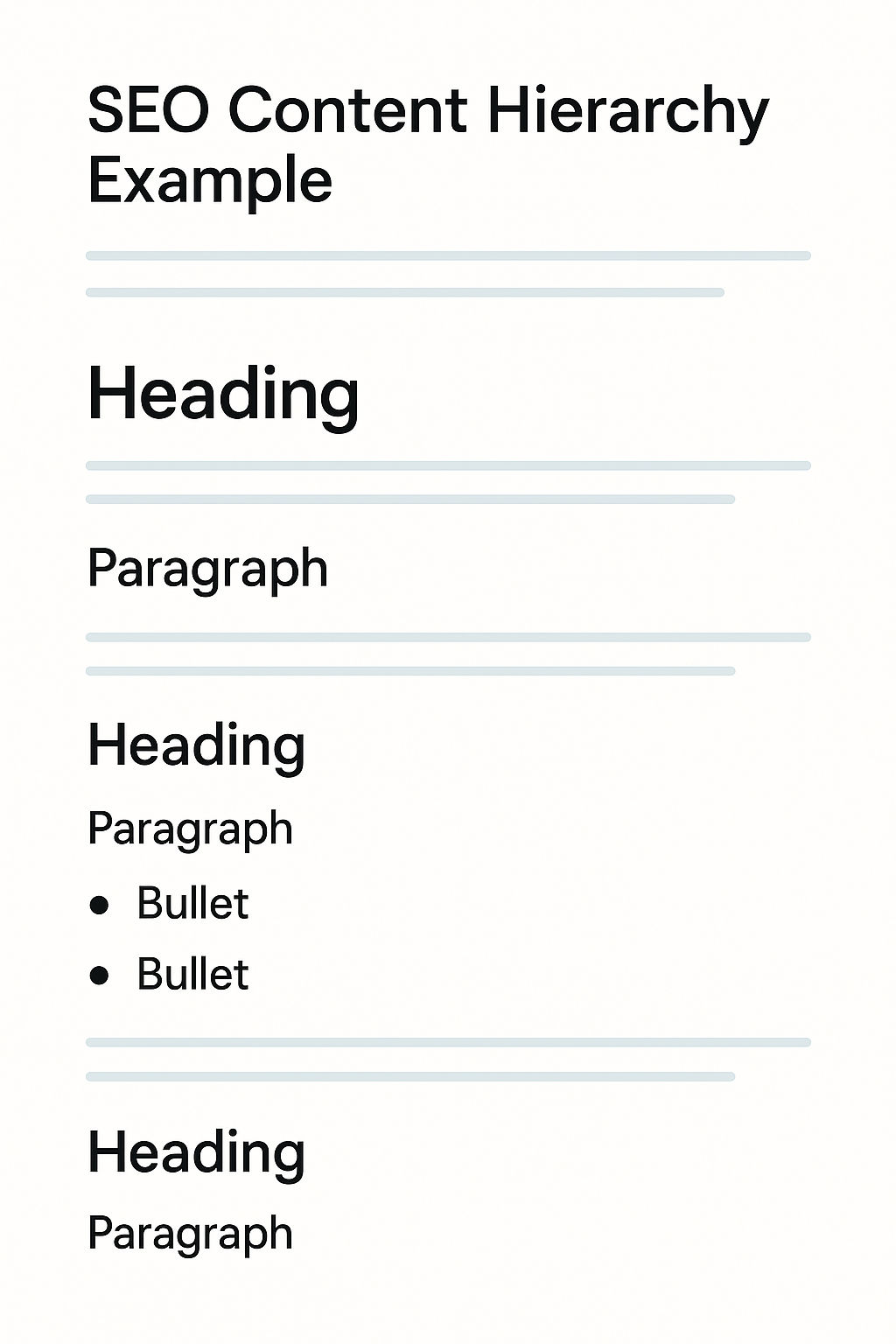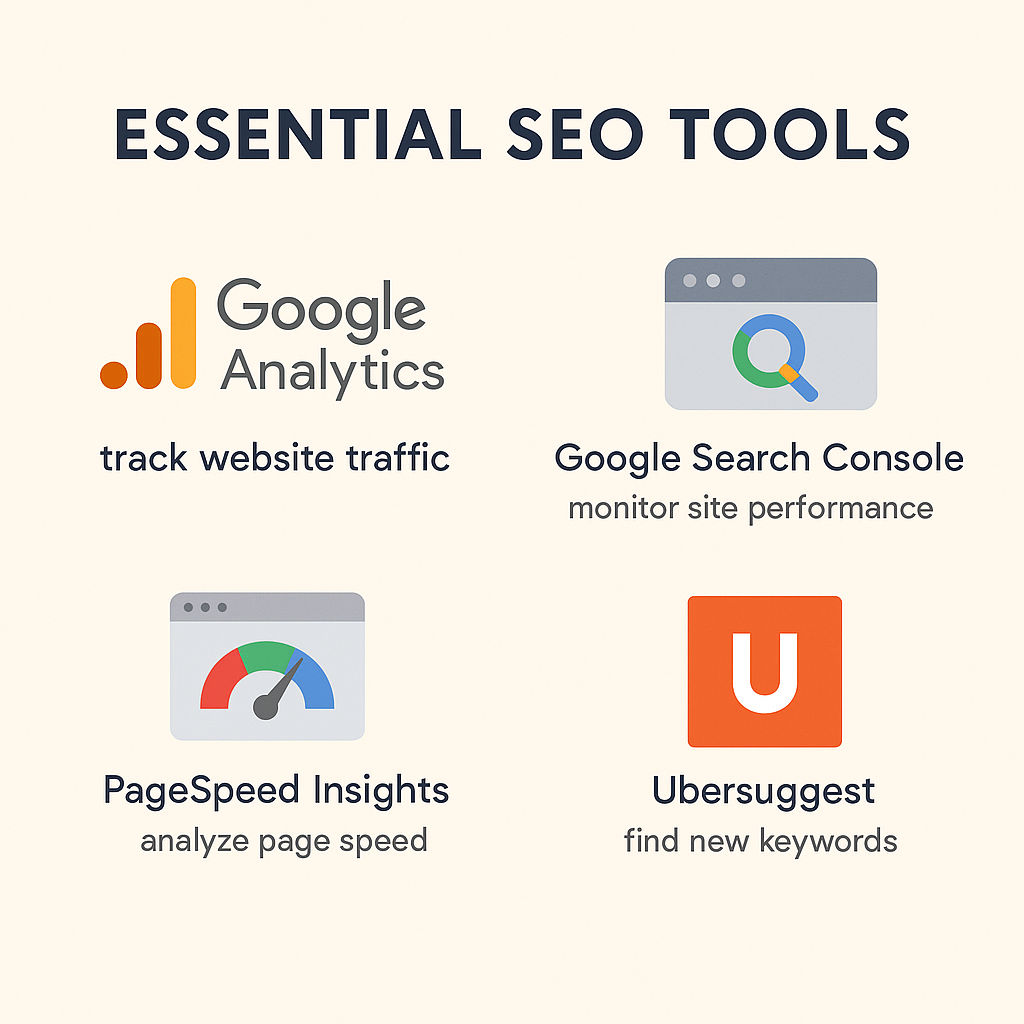Part 3 of the SEO Made Simple Series for Business Owners
In SEO, content is more than just words—it’s your business’s voice, value, and visibility. But not all content is created equal. To rank on Google and connect with your audience, you need to write with clarity, purpose, and strategy.
This post will walk you through how to create SEO-optimized content that speaks to both search engines and real people.
What Makes Content SEO-Friendly?
High-quality content satisfies both:
- Search engines – by including relevant keywords and structure
- Users – by delivering value, clarity, and engagement
The goal isn’t to trick algorithms—it’s to match search intent with useful information that earns trust and authority.
5 Key Elements of SEO-Optimized Content
1. Start with Search Intent
What is the searcher really looking for? Are they trying to:
- Solve a problem?
- Learn something new?
- Find a local provider?
Your content should match the intent behind the keyword you’re targeting.
2. Use the Right Keywords (Naturally)
Identify primary and secondary keywords using tools like:
- Ubersuggest
- Google Keyword Planner
- Ahrefs or SEMrush
Use your primary keyword in:
- Page title (H1)
- Meta description
- First paragraph
- 1–2 headers (H2/H3)
- Throughout the body (naturally)
Avoid keyword stuffing. If it reads awkwardly, it won’t rank—or convert.
3. Structure Matters: Use Headings, Bullets, and Paragraphs
Break up content using:
- Headings (H2s, H3s)
- Bullet points or numbered lists
- Short paragraphs (2–4 lines)
This helps both readability and Google’s ability to understand your content.
4. Add Internal Links
Guide visitors to related pages or offers. For example:
“Need help building your site structure? Read How to Create a Google-Friendly Website Structure.”
Linking builds topic authority and keeps people on your site longer.
5. Include Visuals
Images, graphics, and videos keep users engaged. Use descriptive alt text for accessibility and SEO.
Bonus Tip: Write for Humans First
Google’s algorithm is constantly evolving to reward helpful content. That means:
- Use a conversational tone where appropriate
- Focus on clarity over complexity
- Answer questions thoroughly and directly
Pro tip: Read your draft out loud. If it sounds robotic or clunky, revise it.
Final Thoughts
SEO content is a long-term asset. Every well-optimized post or page has the potential to drive traffic and leads for months or even years. The key is consistency, clarity, and a reader-first approach.

Try this: Pick your most visited blog post or service page. Re-read it with fresh eyes.
Does it follow the structure above? Does it clearly address a real question?
If not, we can help. Book a free content audit, and we’ll show you where to improve for better rankings and engagement.



